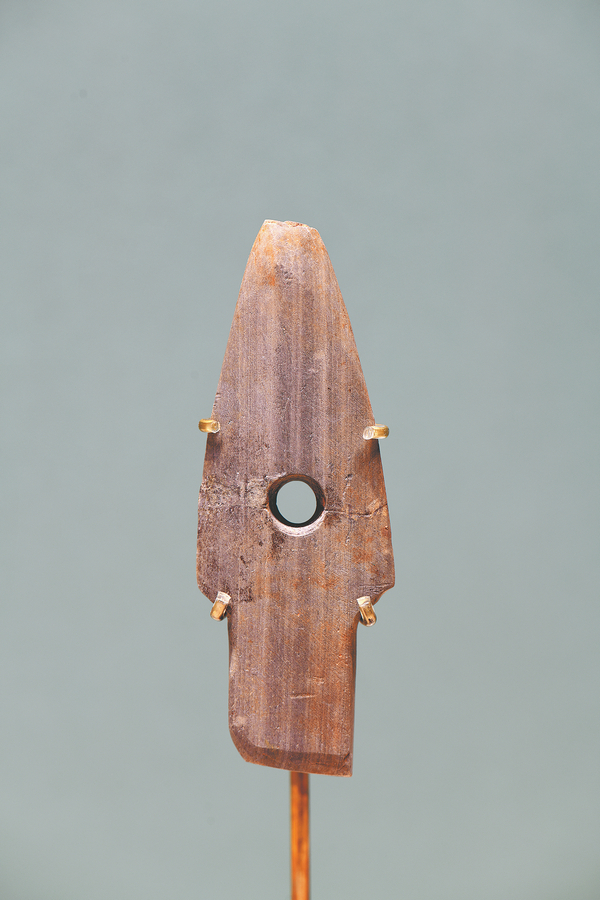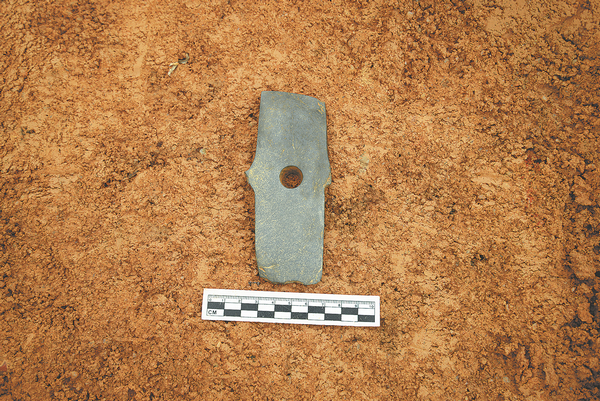

Many cultural relics of the Shang Dynasty (c. 16th century-11th century BC) were recently unearthed at the Zhuyuanling site in the Huangpu district of Guangzhou, Guangdong province, providing archaeologists with extremely valuable historical materials to explore and advance the study of the ancient city during the pre-Qin period (before 221 BC).
According to a statement released by the Guangzhou Municipal Institute of Cultural Heritage and Archaeology, the discovery clearly shows that from the late Neolithic age to the early Western Han Dynasty (206 BC-AD 24), the area comprising the towns of Jiufo, Zhenlong and Luogang in the eastern part of Guangzhou was an important cultural corridor between the lower reaches of the Beijiang and Dongjiang rivers, two tributaries of the Pearl River, playing an important role in the development history of early civilization along the Pearl River Delta.
It demonstrates the rich cultural deposits of the southern metropolis, which has a history spanning thousands of years, it says.
"The discovery of Shang Dynasty cultural relics at Zhuyuanling site has not only helped fill the gap of Shang Dynasty cultural remains in the China-Singapore Guangzhou Knowledge City area, but has also provided very important and valuable material and evidence for reconstructing the early history in the northeast part of Guangzhou," the statement says.
Archaeologists have launched three consecutive phases of excavation work on the Zhuyuanling site, with an excavation area of more than 13,500 square meters, between May last year, and June, the statement notes.

Archaeological exploration and excavation have confirmed that the distribution area of Shang historical remains at the Zhuyuanling site totaled about 80,000 sq m, with its core area being more than 15,000 sq m, it says.
It has now become the largest group of Shang Dynasty historical artifacts confirmed by archaeologists in the delta region.